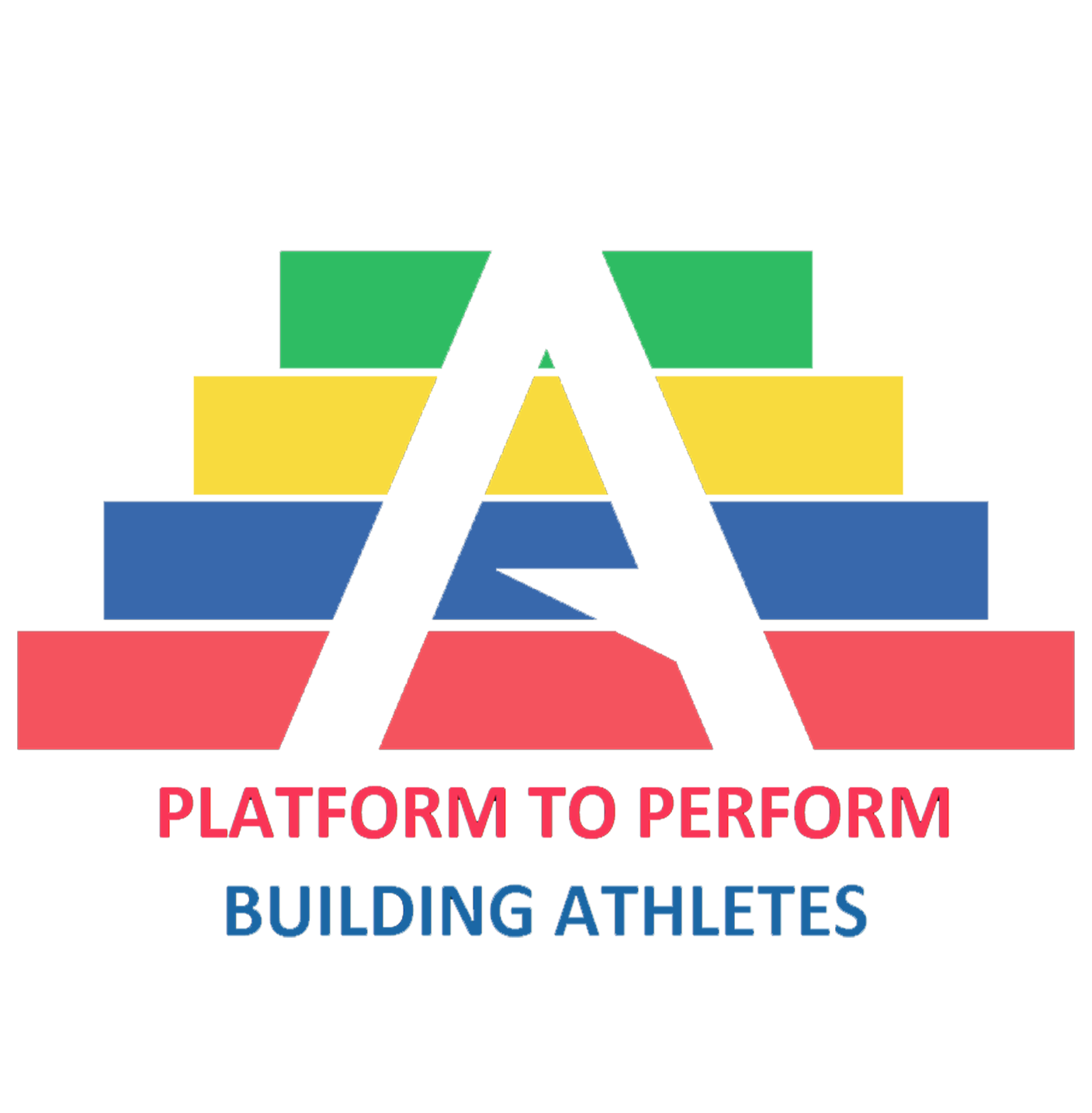I’ve never trained my abs directly yet have always had visible abs thanks to understanding the 3 things men get wrong about ab training.
The abs act to transfer force between your lower and upper body, and resist forces trying to bend your spine.
As a former national level powerlifter, this explains why I have avoided direct ab training for 10 years, yet still have a strong set of abs.
But it was only breaking my nose and giving myself a concussion that helped me fully appreciate the other two.
Thing #1 Ab Exercises Require Progressive Overload
The first problem with most people’s ab training is their inadvertent focus on endurance.
Ask someone how they progress their ab training and they’ll respond by telling you how they’re doing 50 rep sets.
But this isn’t how you get any muscle stronger.
Imagine a goal of deadlifting 200kg. You wouldn’t get there by attempting to rep out 50kg. Sure you’d improve your endurance, but you wouldn’t get stronger.
Yet people continuously apply this flawed logic to getting a stronger set of abs.
As a former national level powerlifter my best deadlift is 225kg, over 3 times my own bodyweight.
If you’re strong enough in compound movements, with a low enough body fat percentage (15% tends to be where men show visible abs), then you can get away with little to zero direct ab training.
But what if you’re miles away from either of those numbers?
Your ab training needs to apply progressive overload. Any ab exercise you can perform for close to 20 reps needs to be ‘heavier.’
If you’re using a weighted ab exercise, that’s self explanatory.
If you’re using a bodyweight ab exercise, increase the ‘length’ and load of your body from your mid section.
This means extending your arms and/or legs so you are now lifting a greater portion of your own bodyweight.
Thing #2 Ab Exercises Must Be Dynamic
Isometric muscle actions involve a muscle contracting with no change in muscle length.
It’s a fancy way of describing an static exercise like a plank. But the problem is hypertrophy (increasing muscle mass) requires 3 things:
Mechanical tension (the ability to overcome a heavy resistance)
Metabolic stress (the circulation of muscle building hormones associated with “the burn” or “the pump” when exercising at a moderately hard intensity for 10–60 seconds)
Overall muscle damage (this is a combination of a number of factors including range of motion, sets, reps, weight/intensity, frequency etc)
Unless you’re an outright beginner the resistance of your bodyweight in the form of a plank doesn’t provide enough resistance to lead to any notable changes in muscle mass.
If you only read point 1 you might think “I know progressive overload is important so I’ll just chuck a weight on my back.”
The problem is with no range of motion, and since strength is specific, you will only gain strength within 15 degrees of the potion you were holding.
This means two things:
Strength gained in static exercises will only transfer to a very limited, and specific joint angle of a dynamic exercise
Muscle damage in dynamic exercise is far greater than static ones, which means we are triggering multiple components of the muscle hypertrophy pathway
Thing #3 Core Exercises Have to Give Free Gains
My goals for 2024 are a one arm chin up and single arm pressing half my bodyweight from a standing position.
When I broke my nose and suffered a concussion the doctors said no heavy weights. When I asked the doctor about using lighter ones she told me it was best not to lift weights altogether.
Instinctively, I turned to bodyweight training. With squats, deadlifts and pressing half bodyweight off the training table for now, I wondered:
“How can I use ab training to enhance my progress towards my upper body goals?
In my 2 training sessions back before having my nose reset I was practicing heavy side bends with half my bodyweight.
If I had any hopes of pressing half bodyweight it made sense to be able to at least hold it. But if I was to follow the doctor’s no weights order, what ab exercises would still contribute towards my goals?
And then it hit me like Bruce Lee
Enter the dragon…flag
Yes, that was a pun I am proud of.
The dragon flag is one of a small handful of ab exercises that can improve your ability to perform other exercises.
This highlights a concept I’ve stolen from my podcast with The Mindful Mover: free gains.
Free gains occur when improvement in one exercise leads to an improvement in another, without the need to directly train for it.
Although I’m still working towards the full dragon flag, it will give me free gains towards my one arm chin up.
The ability to create tension at the wrists, and then transfer this down the abdominal wall to the feet, is a quality that will contribute towards my ability to perform a one arm chin up.
By ensuring your ab exercises allow for progressive overload, are dynamic and give free gains, you will be on the path to stronger, visible abs.
If you’d like to learn exactly how to grow each individual muscle group, including your abdominals, below is a link to an eBook where I have done just that.
The Hypertrophy Handbook: The Science of Muscle explains the exact volume, exercises and intensity required, and because you read this article in its entirety, here’s a 1 week trial of my Patreon, where you can download it free.














